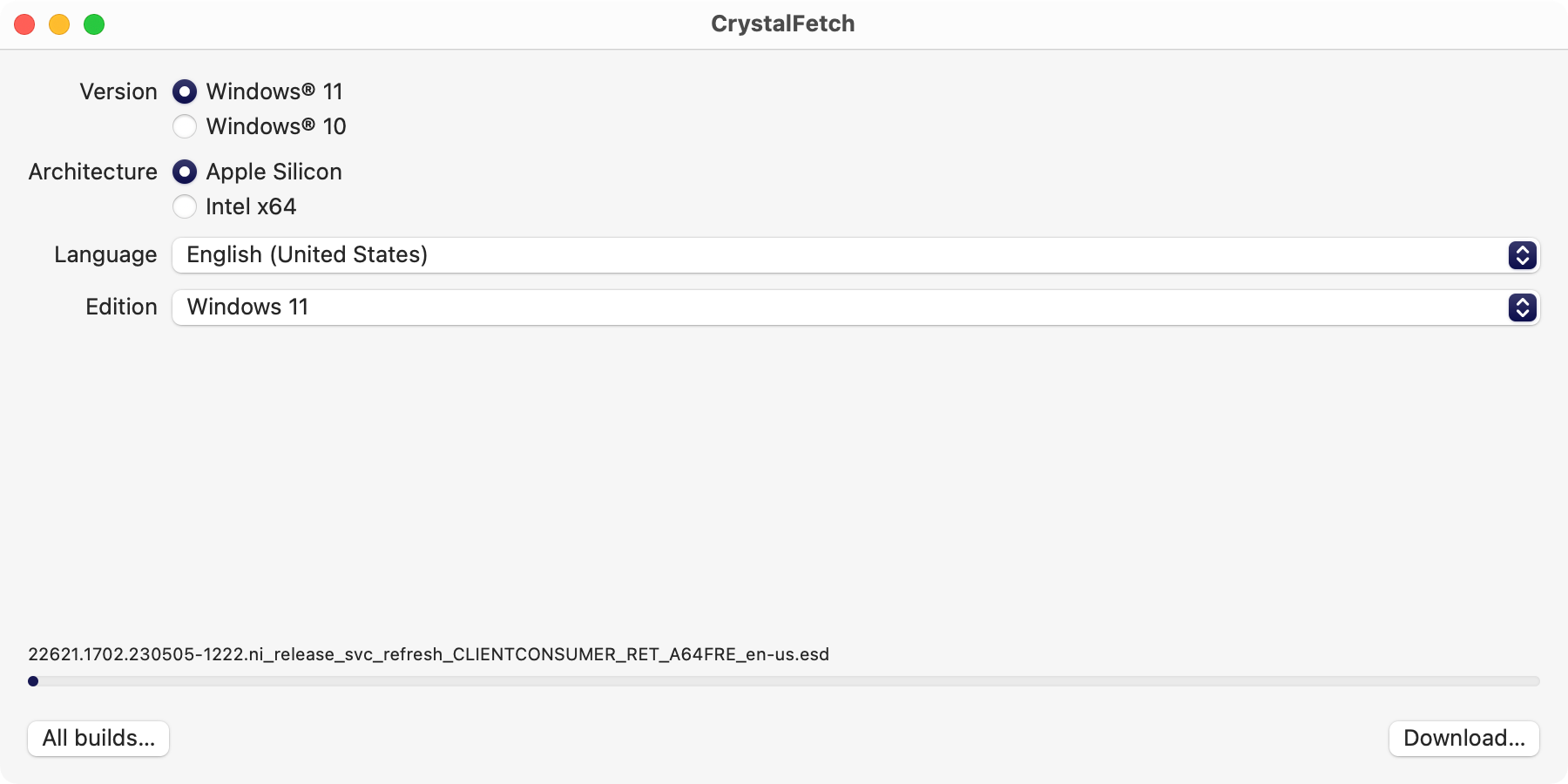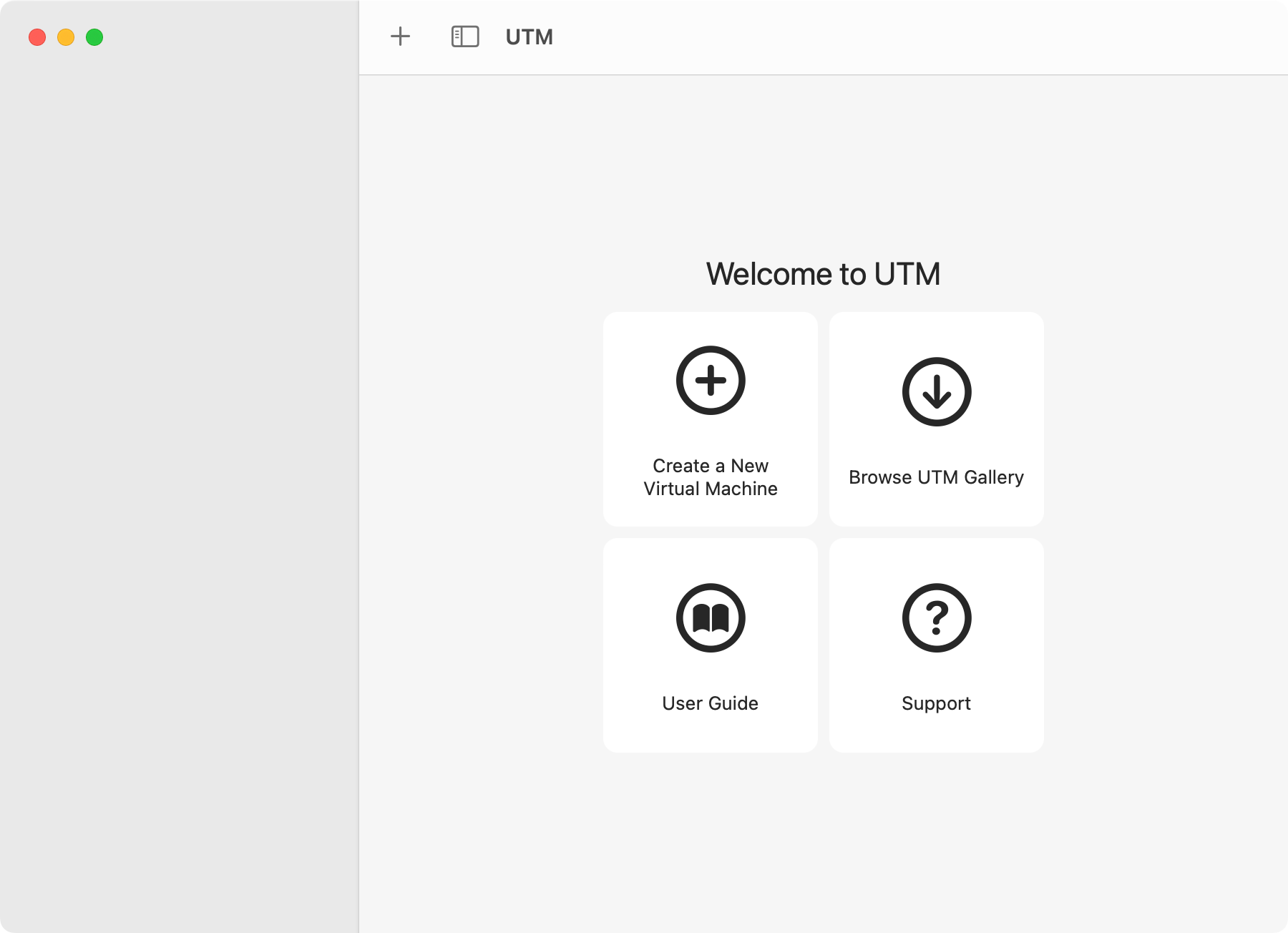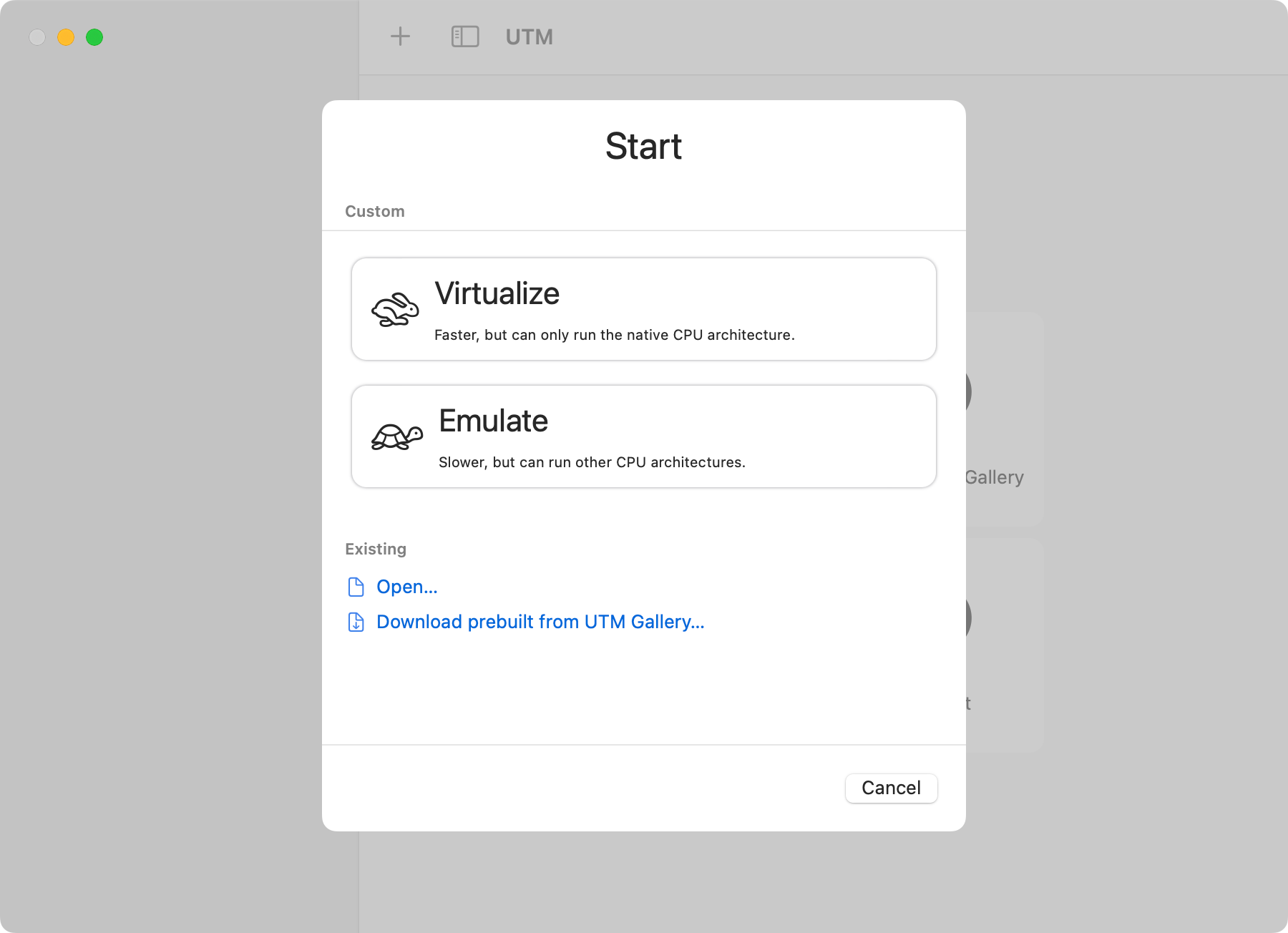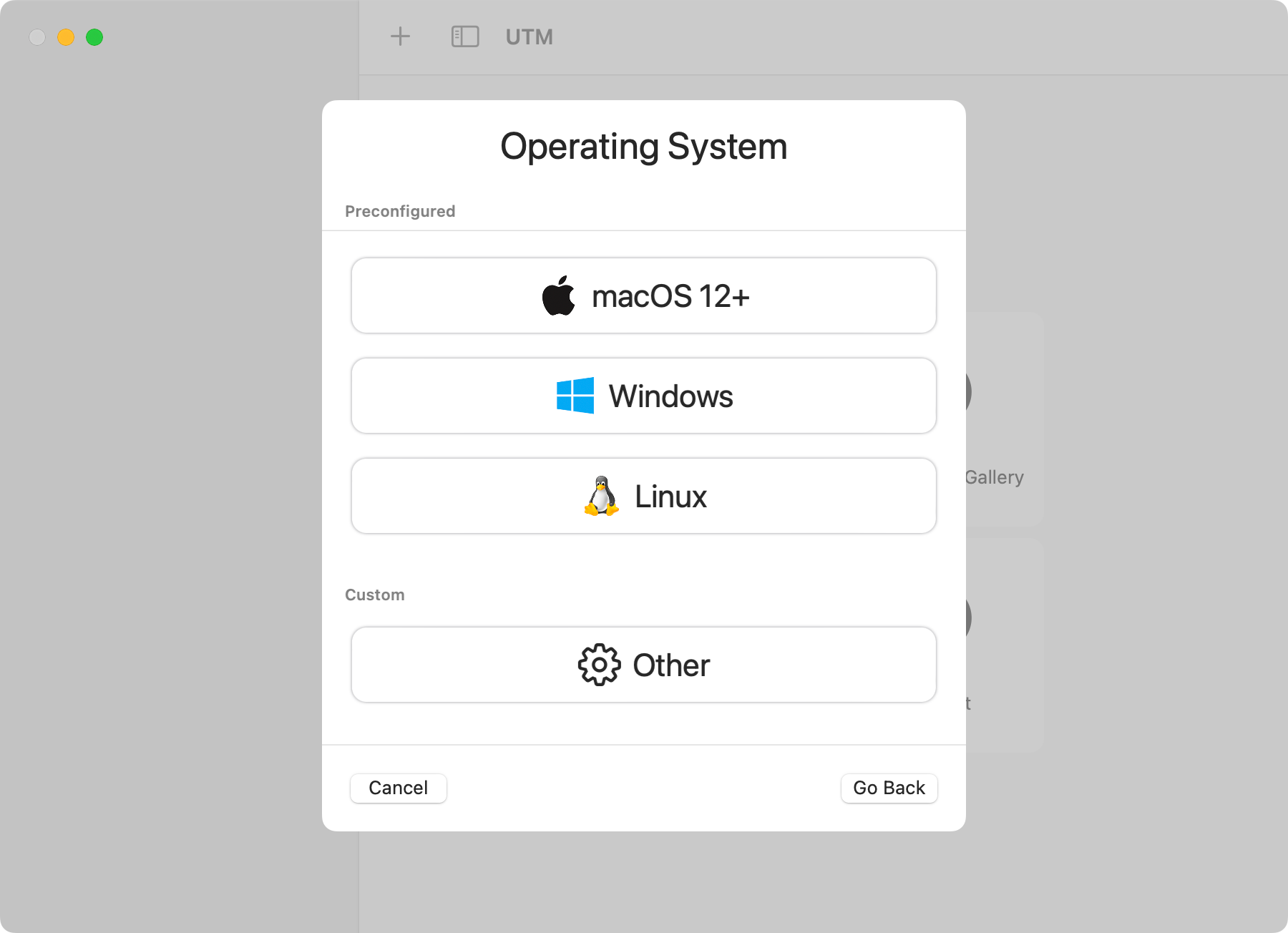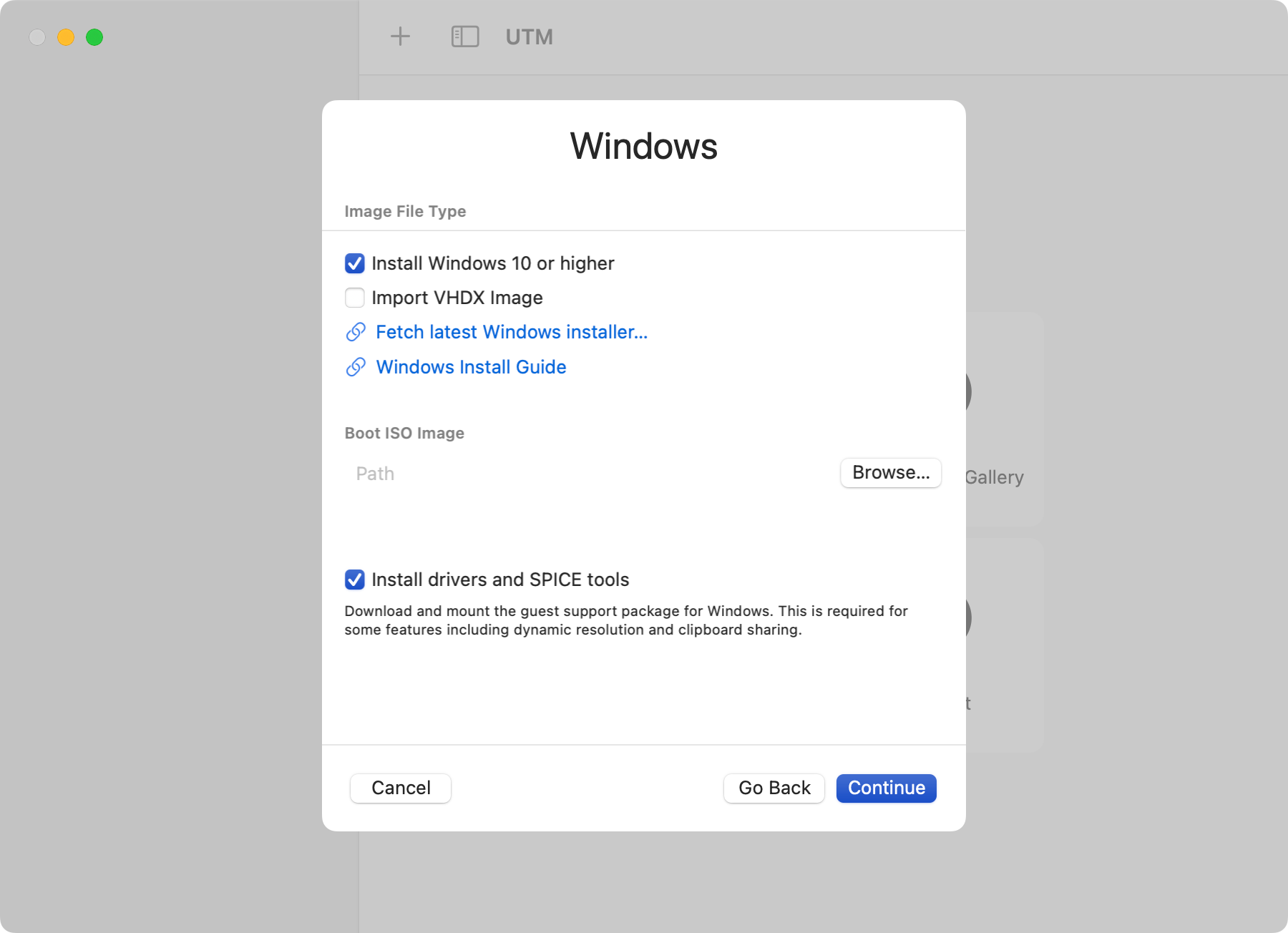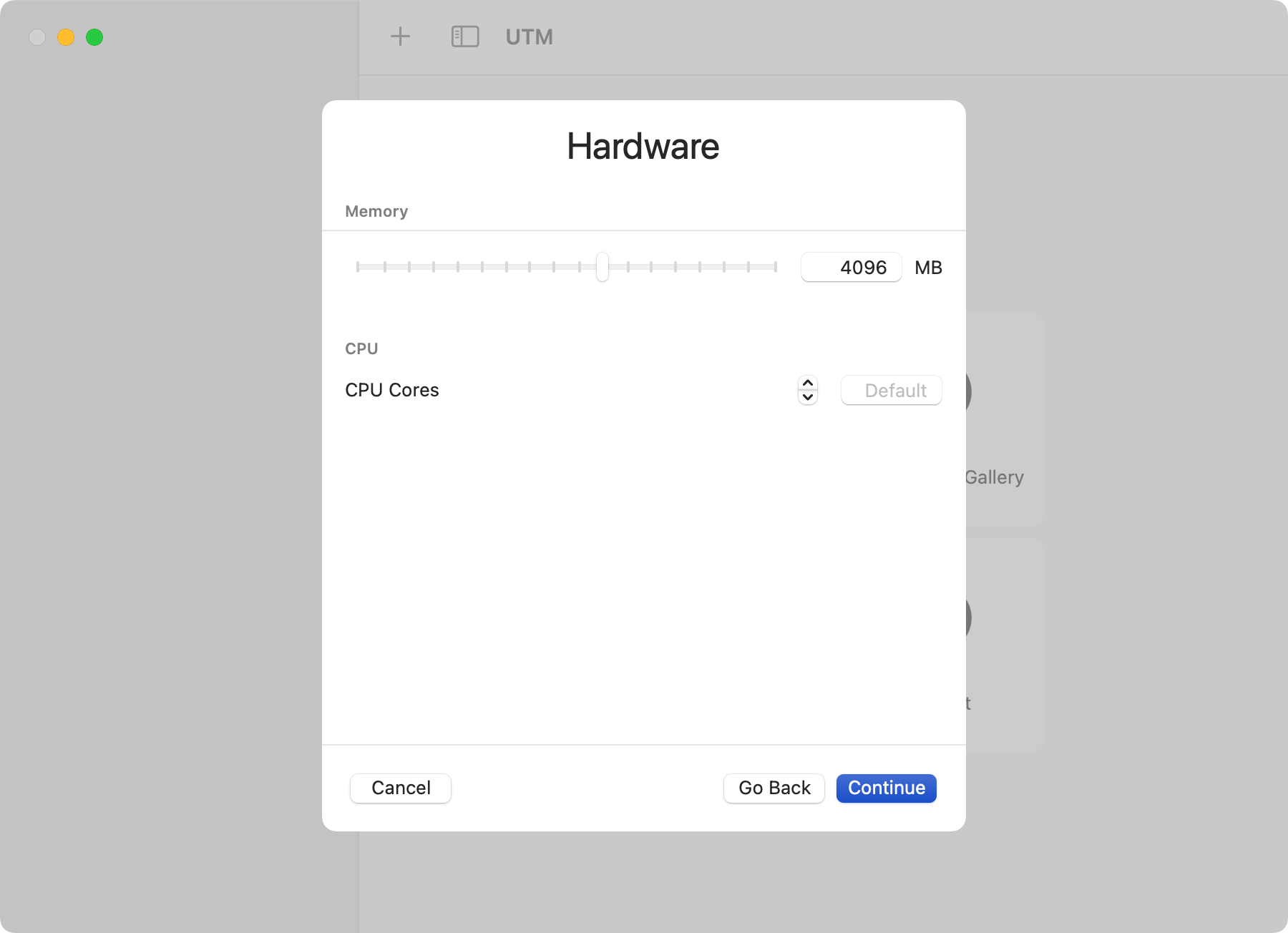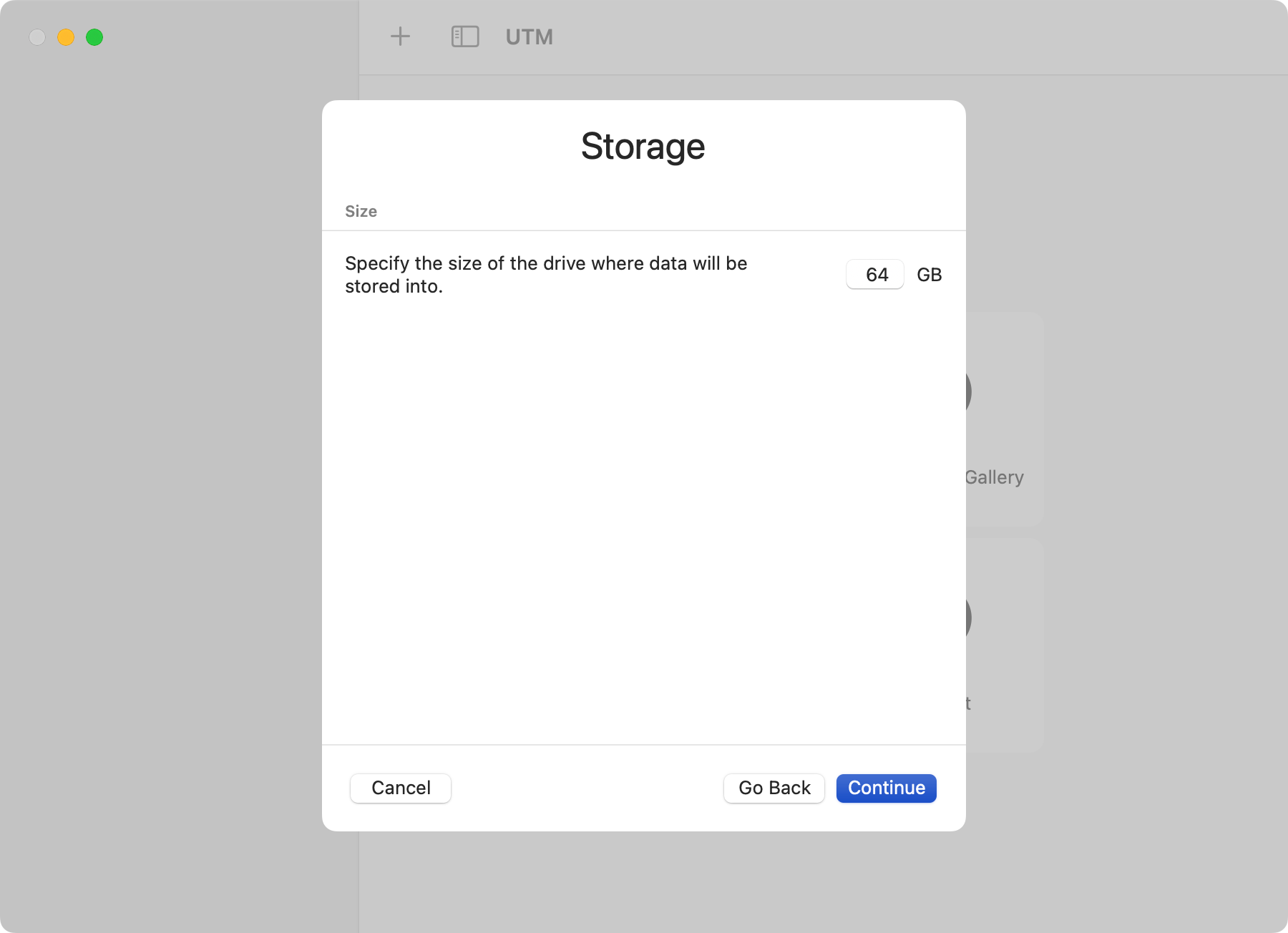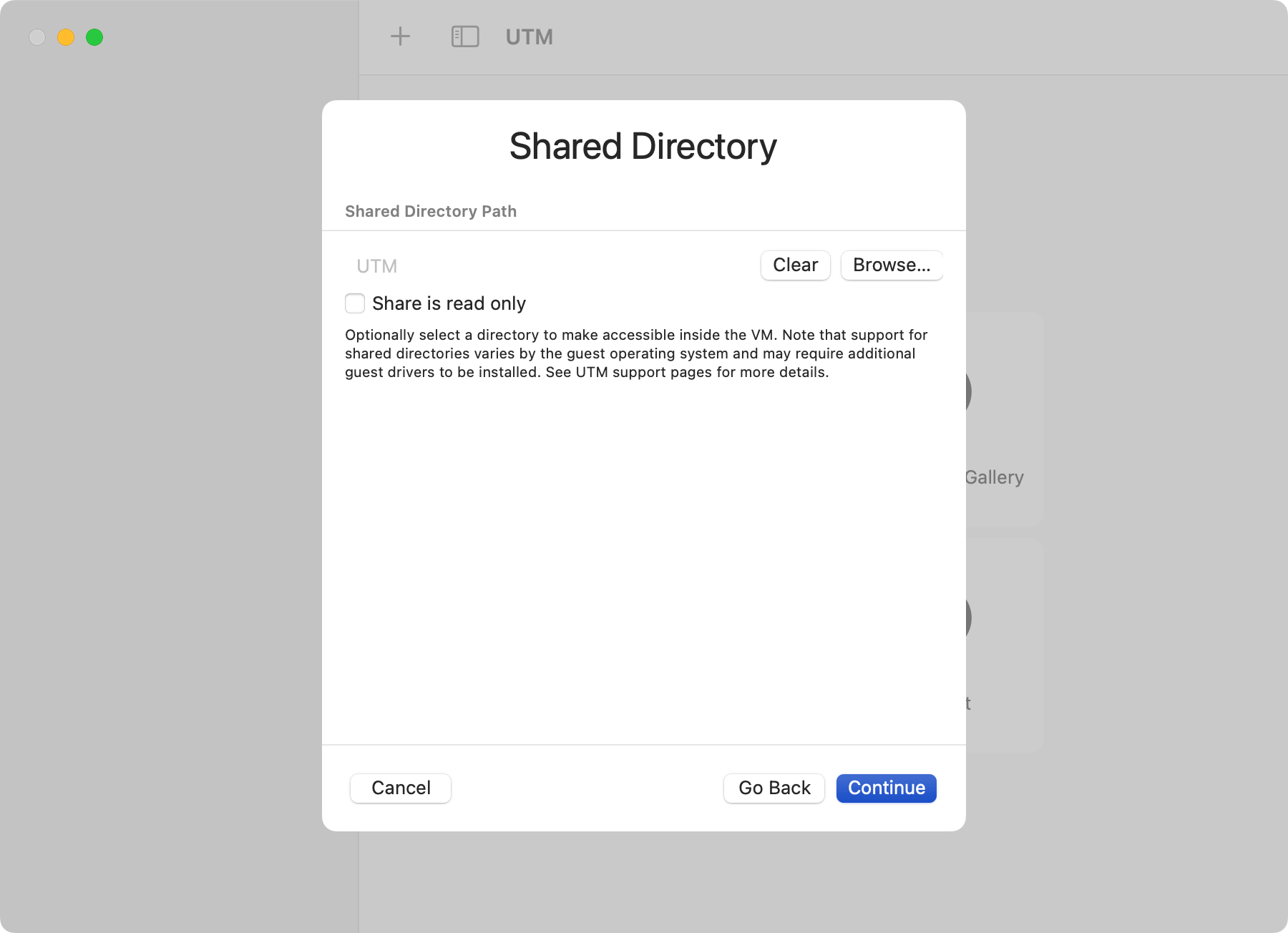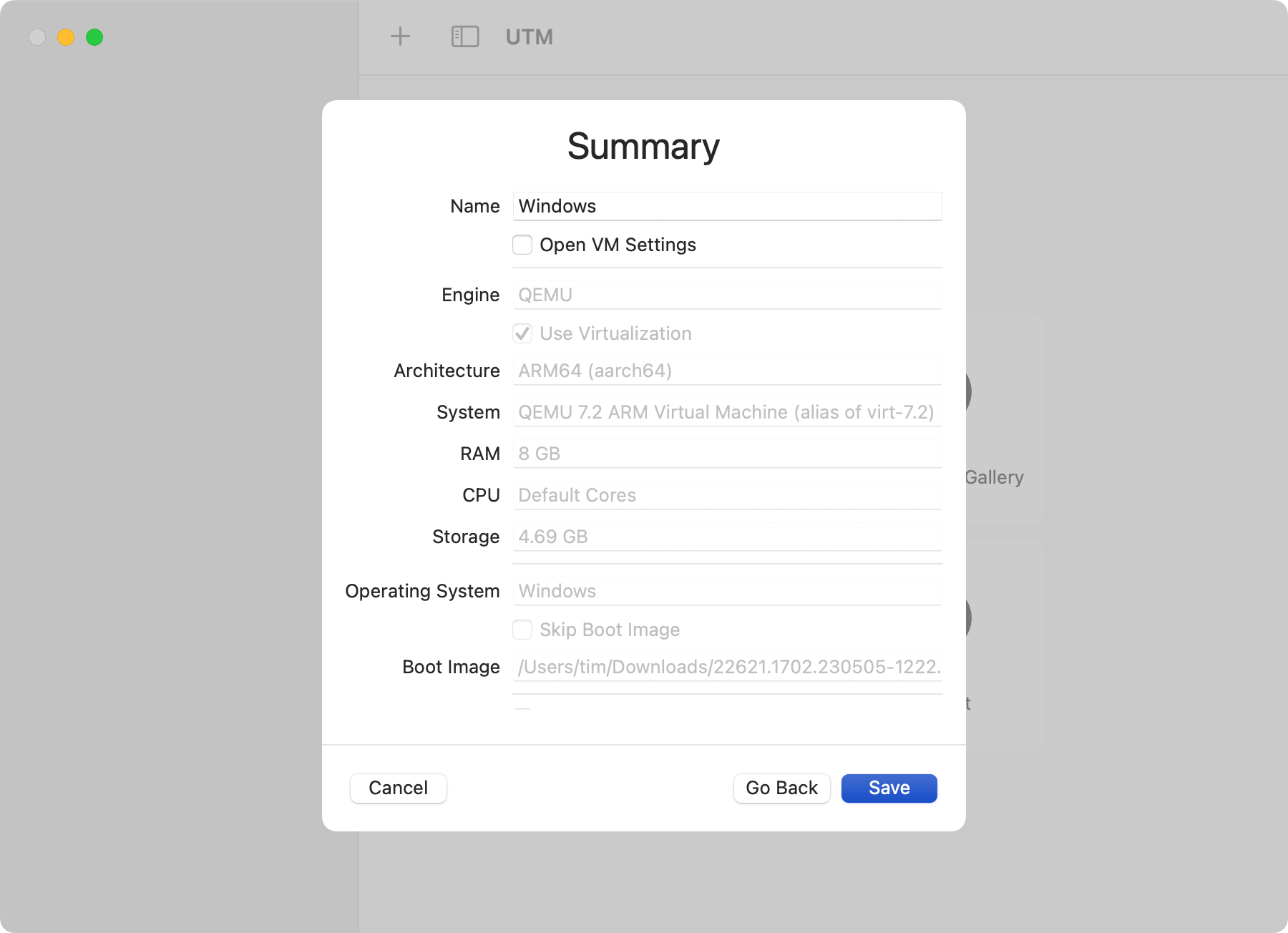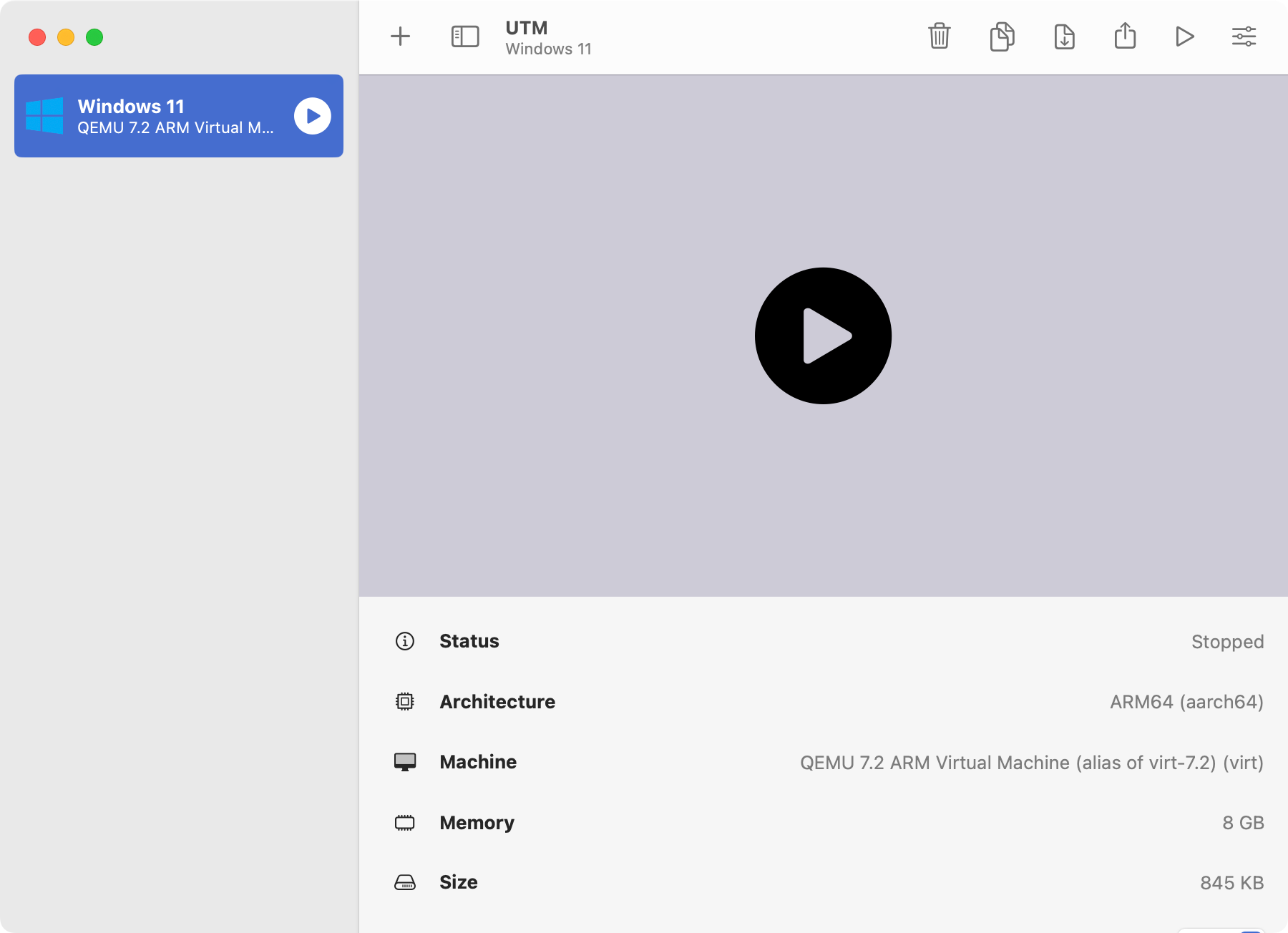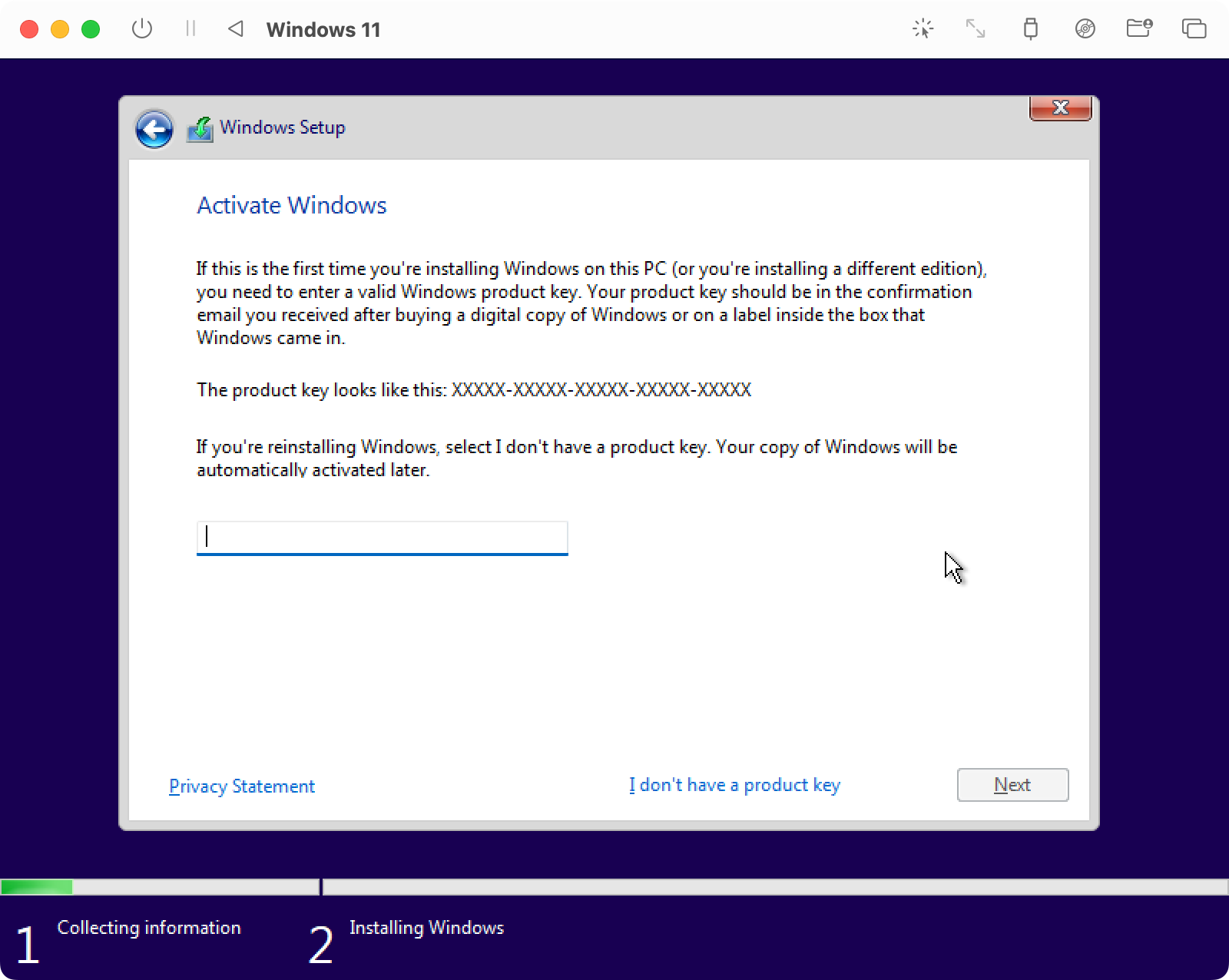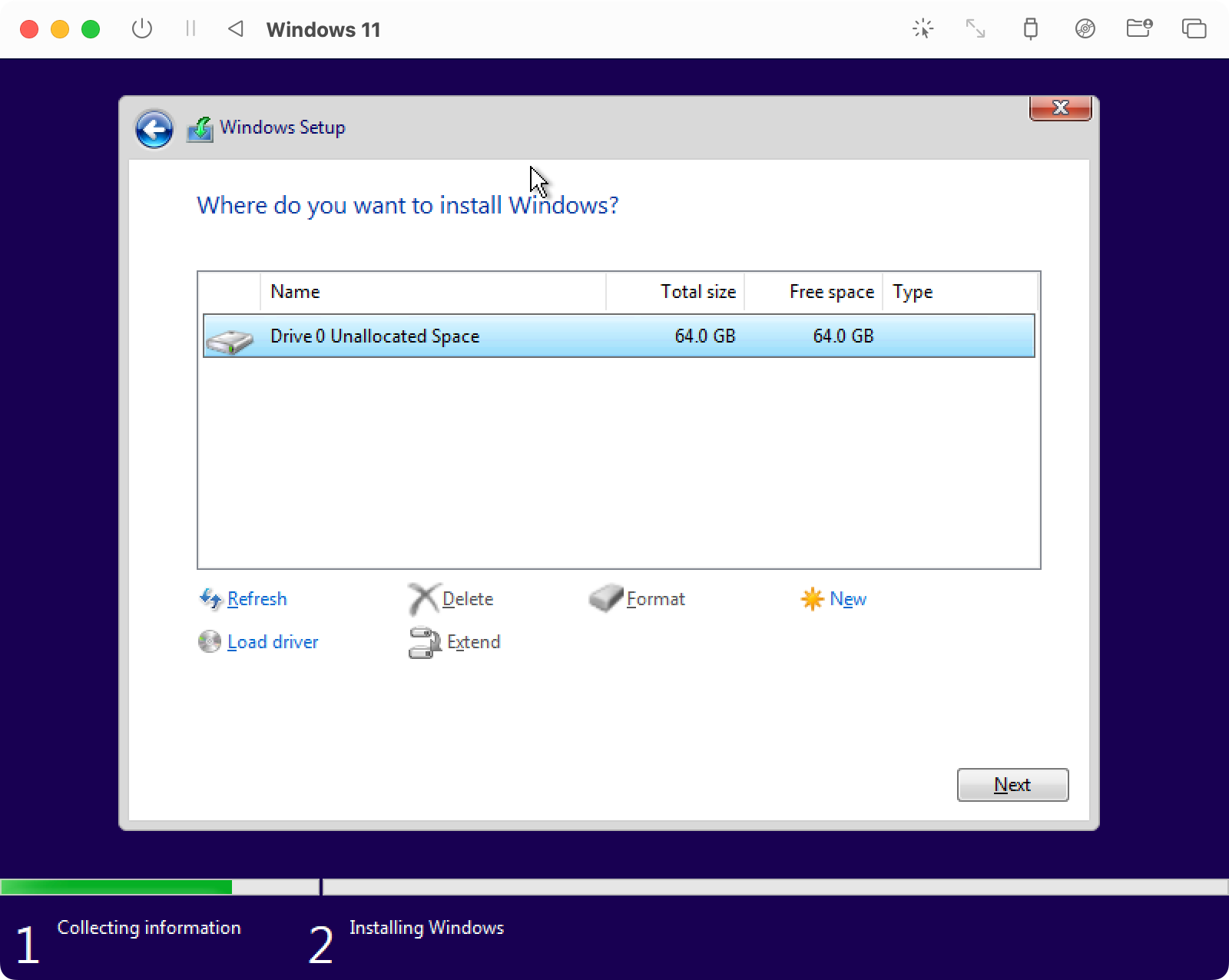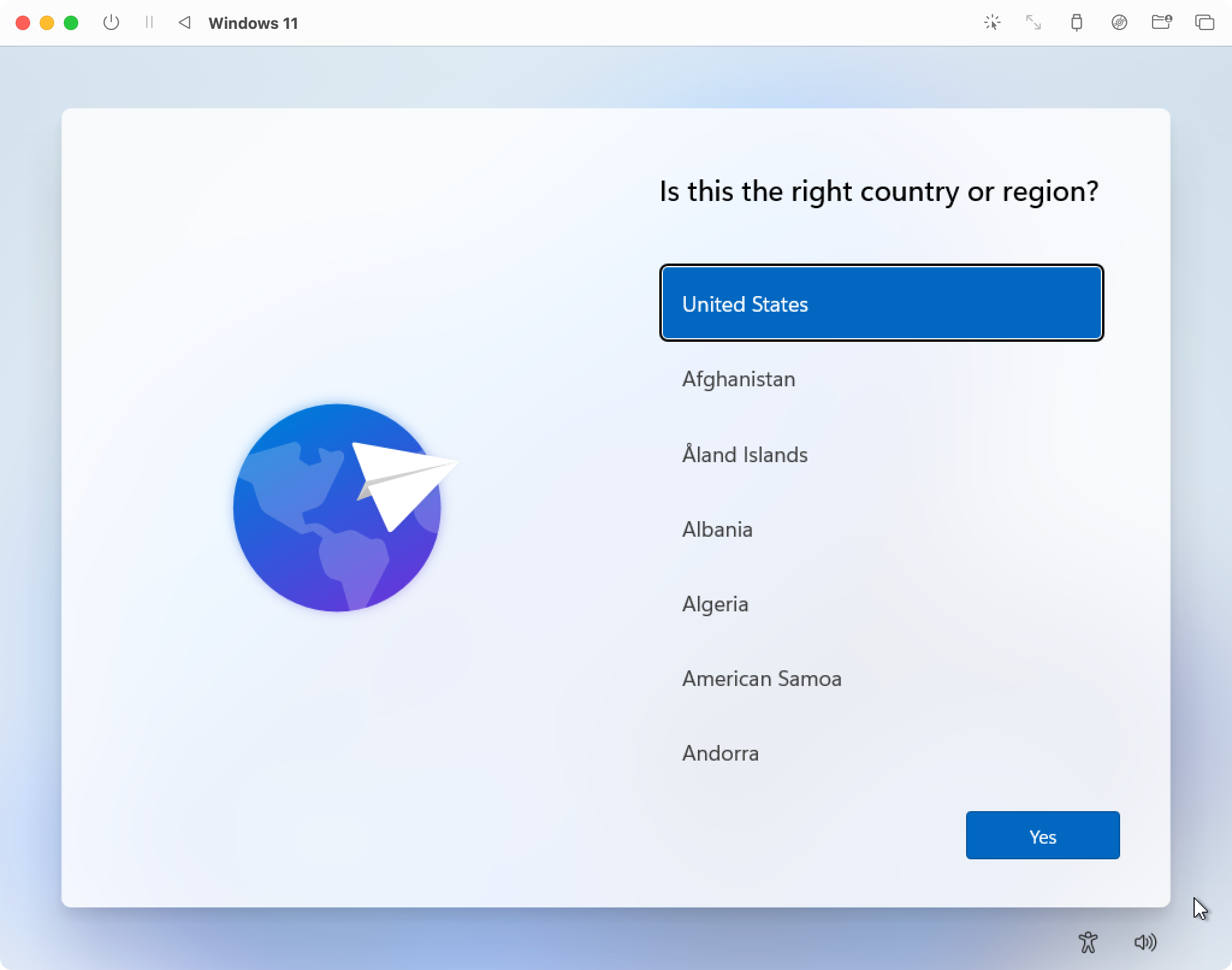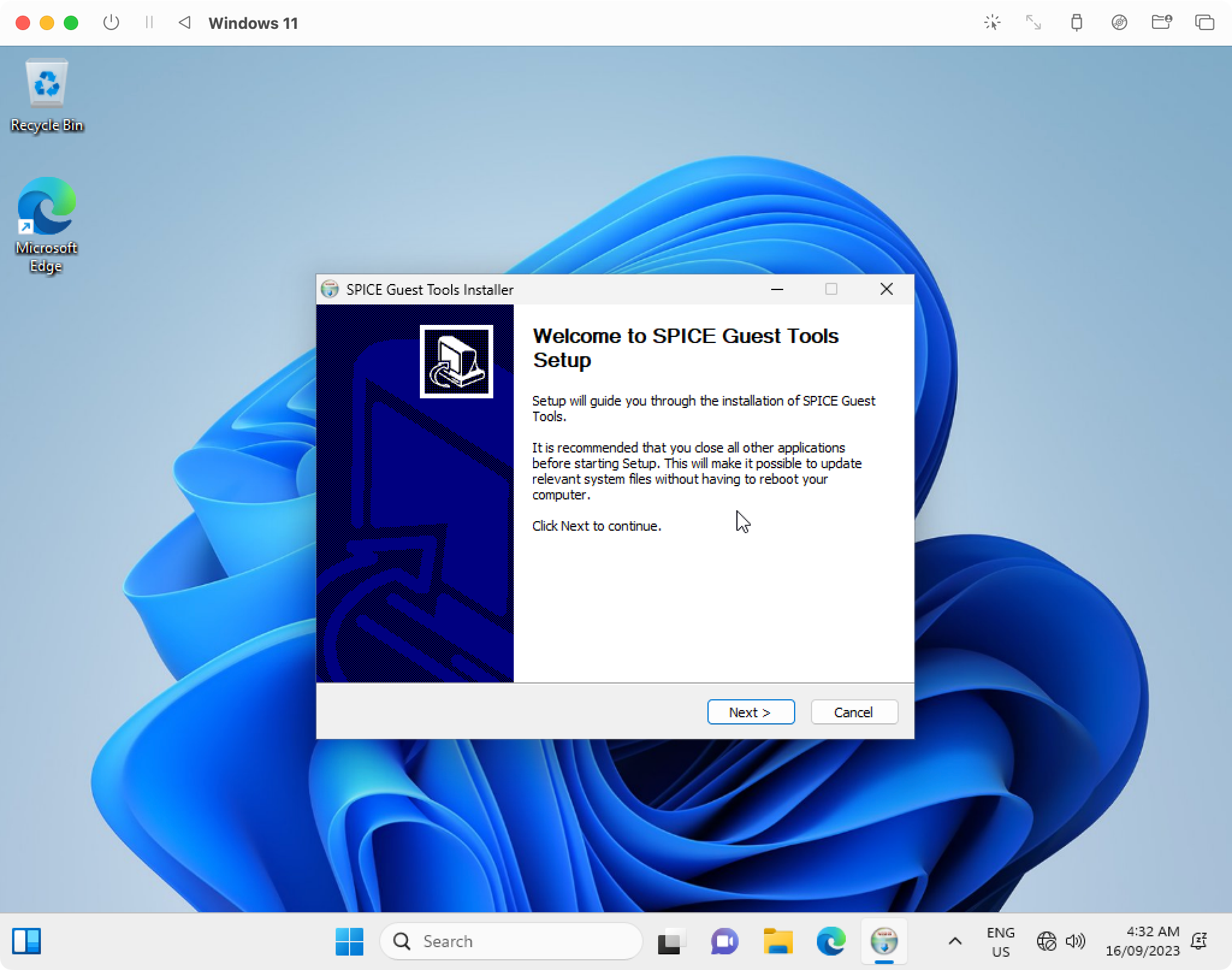Key Takeaways
- UTM is a free app that simplifies running Windows on an Apple Silicon Mac, offering near-native speeds due to the shared processor architecture.
- Download a Windows .ISO from Microsoft, create a virtual machine using UTM, allocate memory and CPU cores, and define a drive capacity.
- Install Windows 11 by starting the virtual machine, following the setup wizard, selecting a volume, and customizing Windows settings. UTM has limitations compared to paid options like Parallels Desktop for smoother performance and gaming capabilities.
It’s now easier than ever to run Windows on a modern Mac and get great performance without spending a penny. This is the first place you should start when you’re looking to run Windows on a modern Apple Silicon Mac.
Introducing UTM for Apple Silicon
Today we’ll be using UTM, a QEMU-based emulator and virtualizer, to install Windows 11 on an Apple Silicon-based Mac. This works on any Mac that uses a processor with an M in the model name, like M1, M1 Max, M2, and so on. You can find out which kind of Mac you have using Apple > About This Mac.
UTM vastly simplifies the task of using QEMU to configure a virtual machine, onto which you can then install Windows (or macOS, or another operating system). You’ll end up with a fully functional installation of Windows for ARM running at near-native speeds since both operating systems rely on the same processor (ARM64) architecture.
You can read more about the difference between ARM-based processors and traditional x86, but it’s not critical for this tutorial. UTM is a free app that you can download free of charge from the UTM homepage. Alternatively, you can support the product by buying the Mac App Store version, which also provides automatic updates.
1. Download Your Windows .ISO
To install Windows, you’ll need to download an .ISO disk image. These are provided by Microsoft “free” of charge under the assumption that you’ll buy and register the operating system. You don’t have to buy and register Windows, it will work fine (albeit with some pesky reminders) if you don’t.
Download CrystalFetch from the Mac App Store and run it. Select the version of Windows that you want to download (in this instance, that’s Windows 11 for Apple Silicon in your choice of language). Click “Download” and wait for the .ISO to transfer.
Once the download is complete you’ll be asked where you want to put the .ISO file. Choose somewhere convenient that you’ll remember, like your Downloads folder (you can delete the .ISO once Windows is installed to regain disk space), and then close CrystalFetch.
2. Create Your Virtual Machine with UTM
Download and install UTM if you haven’t already. Launch the app and click “Create a New Virtual Machine”.
Choose “Virtualize” when prompted to indicate that you want to use a hypervisor for best performance.
Now Select “Windows” from the list of operating systems. If you also want to install Linux or macOS you can create a new virtual machine later and use those options instead.
Now make sure that “Install Windows 10 or Higher” is checked, and then click “Browse” and navigate to the Windows 11 .ISO you downloaded earlier. Click “Continue” when you’re ready.
UTM will then ask you to allocate memory (RAM) and CPU cores. You can leave this where it is if you’re unsure what you’re doing or increase the RAM if you know you have a fair amount installed on your Mac. It’s possible to change this later on by editing your virtual machine within UTM.
Hit “Continue” and define a drive capacity for your boot volume. This isn’t the amount of space on your drive that your Windows virtual machine will occupy, but rather it’s a limit on the amount of capacity it could occupy.
Hit “Continue” and you’ll be asked to define a shared directory. This is handy as it makes passing files like installers between your Mac desktop and Windows virtual machine easier, but you can skip it if you’d rather.
Finally, you’ll be asked to review your VM, rename it, and hit “Save” to finalize.
3. Install Windows 11
Hit the “Play” button on your virtual machine within UTM to start. When you see “Press any key to boot from CD or DVD” then hit a key on your keyboard. If you miss this prompt, you’ll need to restart the VM and try again (if UTM keeps crashing, kill the app entirely and start from cold).
You should now see the Windows 11 setup wizard appear. Follow this setup process as you would on a regular PC. When prompted for a serial number choose the “I don’t have a product key” option.
Eventually, you’ll be asked to choose a volume onto which you can install Windows 11. You should be able to select the volume you created with the UTM setup wizard earlier, and you won’t need to format it either.
Let the Windows 11 installer run, during which time it will restart a few times. There’s no need to do anything until you are prompted to select a region, keyboard layout, and other similar options.
Set up Windows 11 to your liking and you’ll eventually see the Windows 11 desktop. The first thing you’ll be asked to do is install the SPICE Guest Tools, an open-source utility for remotely accessing your virtual machine (if you want).
Congratulations, you now have a working Windows 11 installation. Most things should “just work” including internet connectivity (you may need to disable your VPN within macOS for this), mouse scrolling (albeit reversed), and the keyboard (just remember your Windows shortcuts).
UTM’s Limitations and Paid Alternatives
If UTM is free and works so well, why would you ever pay for a virtualization tool again? Though UTM is free and surprisingly fast, there are some limitations. Performance is likely “good enough” for many users, but the app lacks the smoothness of a paid app, namely Parallels Desktop.
We encountered some hitching and distortion while trying to record and play back audio within an audio editor. Compared to Parallels, the desktop isn’t quite as smooth, apps are not quite as responsive, and there aren’t the same quality-of-life enhancements.
Parallels will translate your Mac shortcuts (like Command+C) into Windows one (like Ctrl+C), automatically sets your MacBook trackpad up as a trackpad within Windows (complete with Mac-style scrolling), and provides a plethora of easy-to-adjust options for setting up your virtual machine for performance, energy efficiency, gaming and so on.
Speaking of gaming, GPU support is something else that’s entirely missing in UTM. You won’t be able to use apps that depend on 3D acceleration, which is bad news for gamers. There’s no DirectX or OpenGL support, but software rendering should work (for what it’s worth).
If you want to overcome these limitations and have a more performant, 3D-capable, and easily customizable Windows 11 experience on your Mac, Parallels Desktop is the best tool for the job. You can read our Parallels Desktop 18 review or go ahead and download a free trial.
For the grand price of $0, UTM is a fantastic tool to have at your disposal. You can use it to run Windows apps with “good enough” performance, and the setup is simple enough that anyone can give it a shot.
But, as is often the case, free tools have their limitations. It’s a bit like free Photoshop alternatives: you can get the job done with free or paid software, but if you want the smoothest ride and all the bells and whistles then you’re going to have to open your wallet at some point.
There is, however, one exception to this rule for video editors, and it’s called DaVinci Resolve.


